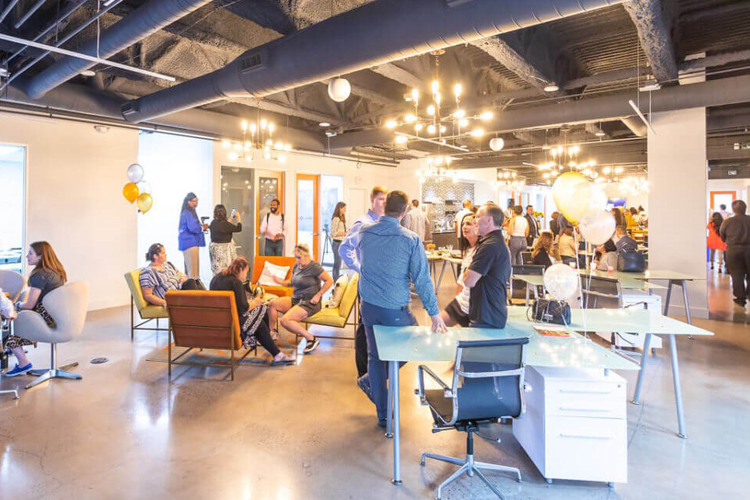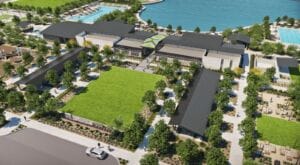Phoenix is the sixth-fastest-growing flexible office space market in the U.S., according to a new report from CBRE. Phoenix’s flexible-space inventory grew to 1.16 million square feet by the end of Q2 2019, an increase of 426,000 square feet, or 58.2 percent from a year earlier.
Flexible space now accounts for 1.3 percent of Phoenix’s total office inventory, up from 0.8 percent a year ago. Still, that ratio comes in below the U.S. average of 1.8 percent, indicating that there is room for the sector to grow in Phoenix.
Flexible space is heavily concentrated in the CBD, which accounts for 20.7 percent of the market’s flexible space inventory.
“The strong economic climate in Phoenix has created many new opportunities for businesses of all sizes to flourish,” said Paul Komadina, Senior Managing Director and Arizona Market Leader with CBRE. “We’re seeing that startups, small businesses, and large corporate occupiers are turning to flex space to test out the market or grow their businesses with flexible lease terms before committing to dedicated office spaces with long-term leases.
”Flex space operators are taking notice of the growing demand for this product and bringing the much-needed space to Phoenix, as demonstrated by the explosive growth the market has experienced in the past year,” he said. “And while flex space only accounts for a small percentage of the overall office inventory in Phoenix, this percentage will grow as demand for flex space continues.”
National trends
CBRE outlines several growth scenarios for the flexible office space sector, which currently occupies a cumulative 71 million sq. ft., or 1.8 percent of the office space in 40 U.S. markets. CBRE’s baseline forecast calls for flexible office space to expand to approximately 13 percent of office space by 2030, reaching up to 600 million sq. ft. Even in a low-growth scenario, CBRE sees flexible office space claiming up to 6.5 percent of the market by 2030.
Fueling that growth is demand from small businesses and enterprise users alike that favor the flexibility of office accommodations on relatively short-term leases, allowing them to expand or contract their space according to the needs of their business. Additionally, the flexible office space category has room to grow in every U.S. market. Even markets where flexible office space is well established – such as San Francisco at 4 percent of its office market and Manhattan at 3.6 percent – aren’t as penetrated as major international markets like London and Shanghai, both at 6 percent.
“We’re seeing a fundamental change in the expectations that organizations and their employees have for the workplace. This change is spurring an increasing number of companies to engage with flexible office solutions that provide the physical environment and business terms they prefer. This shift is ongoing,” said Julie Whelan, CBRE’s Americas Head of Occupier Research. “There are some very bold predictions in the marketplace – with some calling for flexible space accounting for as much as 30 percent of office space in the future. There is simply not enough available office space to support this supply without even more drastic changes in tenant behavior.”
CBRE believes flexible space can account for as much as 22 percent of office space by 2030 under the most aggressive flex-space adoption scenario.
CBRE’s analysis found the majority of flexible-space supply in the U.S. concentrated in top markets, many of them tech hubs. Several of those markets also registered the fastest growth rates in the past year.




